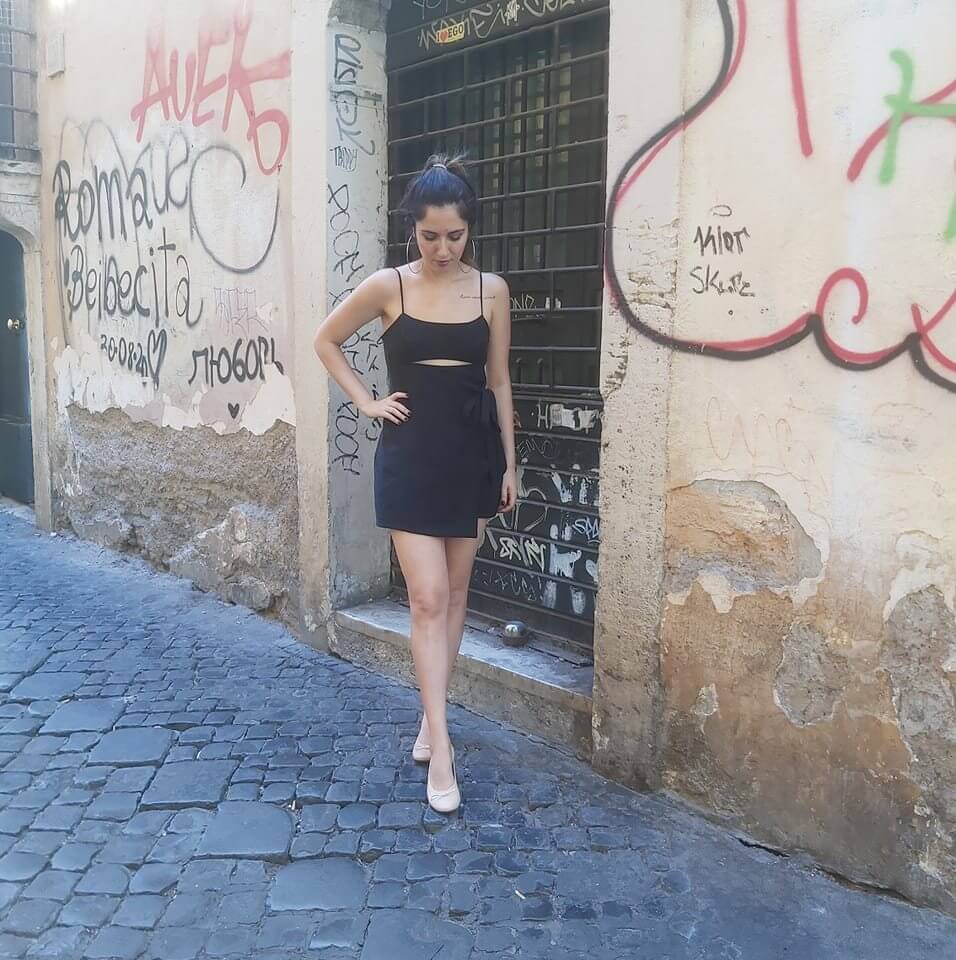The word failure once instilled a deep sense of dread in me. It echoed with disappointment, regret, and self-doubt. Like many ambitious individuals, I viewed failure as a sign of weakness—a dead end, a verdict on my capabilities. I had always believed that with enough passion, effort, and talent, success was inevitable. But life, as I later discovered, has a humbling way of teaching us that failure is not a sign of defeat. Instead, it is a necessary detour, a crucial chapter in the journey toward real success.
My journey as a fashion entrepreneur has been marked by both exhilarating highs and devastating lows. While it is tempting to gloss over the setbacks, I’ve come to realize that it was my biggest failure that taught me the most—and ultimately set the stage for my greatest achievements.
My Initial Encounter with Failure
From a young age, I had always prided myself on setting goals and achieving them. Whether it was academic excellence, creative pursuits, or early career milestones, success felt like a familiar companion. This pattern of achievement gave me the confidence to chase my dream of launching a fashion brand.
After years of studying fashion design, sketching ideas, immersing myself in trends, and building a network of creatives, I made the bold decision to start my own online fashion label in Rome. Rome, with its rich history and vibrant culture, seemed like the perfect backdrop for a stylish, modern fashion venture that fused traditional elegance with contemporary minimalism.
I poured my heart and soul into the project. I spent countless nights designing pieces, sourcing fabrics, and assembling a basic team. I had a strong aesthetic vision, and I believed that passion alone would carry me through.
However, passion—while necessary—is not enough on its own.
The launch was underwhelming. Sales were minimal, website traffic was dismal, and feedback from customers, while polite, hinted that my offerings weren’t connecting the way I’d hoped. I had expected momentum. Instead, I encountered stagnation. As months passed and expenses mounted, reality hit hard. My dream brand wasn’t working. I had failed.
Understanding the Root Causes
At first, I blamed external factors. The market was saturated. Social media algorithms were impossible to crack. The economy was sluggish. But in quieter moments, I turned the lens inward and asked myself the uncomfortable questions.
What had I missed? What had I misunderstood?
Eventually, I came to a sobering realization: my failure wasn’t rooted in my vision or talent—it was in my lack of preparation. I had expertise in fashion design, yes. But launching and sustaining an online business required much more than creative flair. It demanded a firm grasp of e-commerce strategies, digital marketing, analytics, web development, supply chain management, and customer engagement.
I had underestimated the complexity of running an online fashion brand. Worse, I had overestimated my ability to learn everything on the go.
Key Lessons Learned
With time and distance, I began to view my failure not as a dead end, but as a masterclass in entrepreneurship. Every mistake I made, every obstacle I encountered, revealed a lesson that I wouldn’t have learned otherwise.
-
The Importance of Research and Education
One of my biggest mistakes was diving into a competitive market without fully understanding it. I assumed that having a unique product and a compelling brand story would be enough. In reality, entering the fashion e-commerce space without doing thorough research is like sailing into a storm without a compass.
I began to invest in my education. I took online courses on digital marketing, SEO, and Shopify. I read books and followed podcasts by successful entrepreneurs. I studied consumer behavior and learned about market segmentation. The more I learned, the more I realized how much I had been missing.
-
Building a Reliable and Diverse Team
In my first attempt, I tried to do everything myself or with a skeleton crew. I wore too many hats—designer, marketer, customer service rep, web manager. This not only led to burnout but also compromised the quality of the business.
I learned the value of collaboration. In my second attempt, I sought out individuals who complemented my weaknesses. I brought on a marketing strategist, a web developer, and a customer service lead. Each person brought their own strengths, and together, we created something far more resilient and strategic.
-
Adapting to Market Needs
In fashion, style is important—but so is timing and relevance. My initial designs, though beautiful to me, didn’t reflect what my target customers wanted at the time. I had designed for an ideal customer in my head, not the actual people browsing my site.
Through feedback and data analysis, I began to understand my audience better. I pivoted to creating pieces that aligned more closely with what customers were actively searching for—sustainable fabrics, inclusive sizing, and pieces that could transition from day to night. Being adaptable, rather than rigidly tied to a singular vision, allowed the brand to evolve in alignment with the market.
-
Embracing Failure as a Learning Opportunity
Perhaps the most transformative lesson was changing my relationship with failure. I stopped seeing it as a reflection of my worth and began to view it as an inevitable, even necessary, part of growth.
Failure taught me resilience. It humbled me. It made me a better leader, a better listener, and a more strategic thinker. Most importantly, it gave me clarity—not just about what I wanted to achieve, but why I wanted to achieve it.
Rebuilding and Moving Forward
After shutting down my initial brand, I took a full year off from entrepreneurship. I moved back home for a while, spent time reflecting, and allowed myself space to grieve the loss of the dream I had worked so hard to build. That time of stillness was painful, but it was also powerful. It gave me room to rediscover my passion in a healthier, more grounded way.
When I returned to the fashion world, it was with a different mindset. This time, I prioritized foundation over flash. I researched platforms thoroughly before choosing where to host my store. I tested products before launching collections. I built an email list and focused on cultivating genuine relationships with my followers.
I launched the new brand with a simple yet powerful message: fashion that reflects your evolution. It resonated. Customers connected with the authenticity behind the brand. We weren’t just selling clothes—we were sharing a story of resilience, creativity, and growth.
Within the first year of the relaunch, our sales steadily grew. We received press coverage, collaborated with micro-influencers, and even had a capsule collection featured in a boutique in Milan. It wasn’t explosive success, but it was sustainable—and deeply meaningful.
The journey from failure to success is rarely a straight line. It’s often a winding, unpredictable path filled with roadblocks, detours, and moments of self-doubt. But every twist in the road serves a purpose. Every misstep holds a lesson.
Looking back, I no longer fear the word “failure.” In fact, I welcome it as part of the process. Without that early crash, I wouldn’t have grown into the entrepreneur I am today. I wouldn’t have understood the importance of preparation, collaboration, adaptability, or humility.
To anyone standing at the edge of failure, I say this: let it teach you. Let it refine you. Use it as fuel. Because success, real success, isn’t just about reaching a goal—it’s about who you become in the process.
My fashion brand may have been born out of a failed attempt, but it now thrives because of that very failure. In the world of entrepreneurship—and in life—our greatest growth often comes from our hardest falls.


